Bare Root or Potted?
notes
10 years ago
Related Stories

GARDENING GUIDESThe Beauty of Bare-Root Plants
Plant dormant trees and shrubs in fall using the easy, affordable bare-root method and enjoy beautiful results in spring
Full Story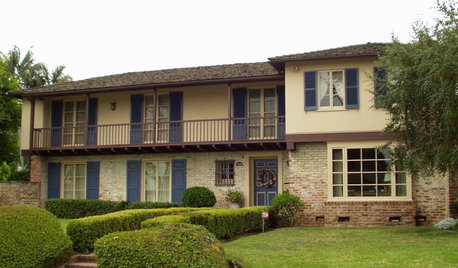
ARCHITECTURERoots of Style: Colonial Monterey Sets the Stage for Unique Design
French, Spanish and English features mix in enigmatic Monterey-style architecture. Here's how to recognize this type of home
Full Story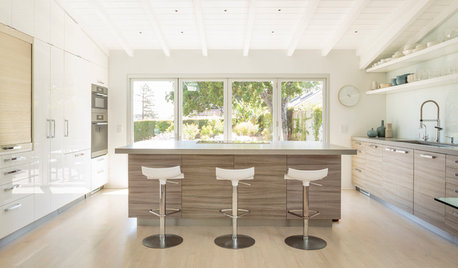
KITCHEN DESIGNNew This Week: 3 Barely There Kitchens
Looking for a kitchen with plenty of storage and an open and airy feeling? Take some cues from these 3 rooms uploaded to Houzz this week
Full Story
ARCHITECTURERoots of Style: Do You Live in a Minimalist Traditional House?
Cottages, bungalows, farmhouses ... whatever you call them, houses in this style share several characteristics. See how many your house has
Full Story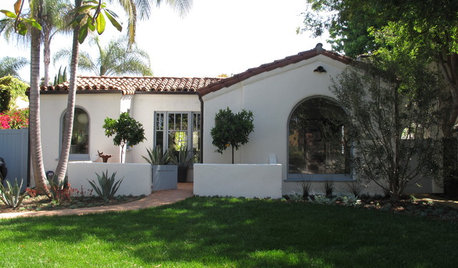
ARCHITECTURERoots of Style: Many Cultures Make Their Marks on Mediterranean Design
If you live in California, Florida or certain other parts of the U.S., your architecture may show distinct cultural influences
Full Story
ARCHITECTURERoots of Style: Where Did Your House Get Its Look?
Explore the role of architectural fashions in current designs through 5 home styles that bridge past and present
Full Story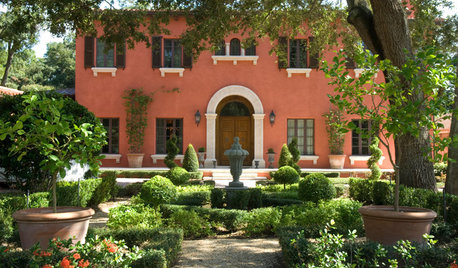
ARCHITECTURERoots of Style: The 3 Waves of Italian Renaissance
The 15th-century study of ancient Rome delivered an important 20th-century style that is seen again today
Full Story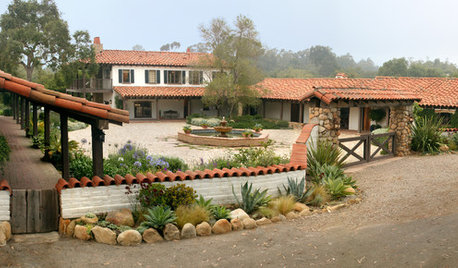
ARCHITECTURERoots of Style: Spanish Colonial
Authentic examples are rare and quickly disappearing, but its widespread influence continues to inspire modern interpretations
Full Story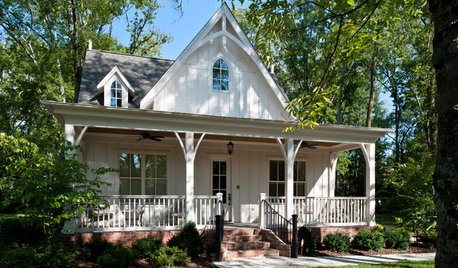
ARCHITECTURERoots of Style: Complex, Romantic Gothic Revival
With its medieval heritage, Gothic design makes a lasting impression in art and architecture
Full Story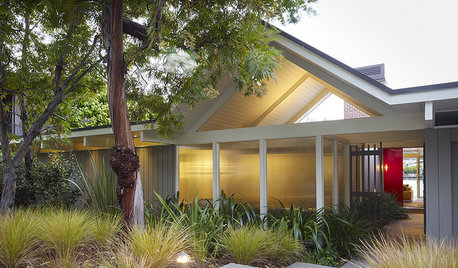
ARCHITECTURERoots of Style: Midcentury Styles Respond to Modern Life
See how postwar lifestyles spawned a range of styles, including minimalist traditional, ranch, split level and modern shed. What's next?
Full StorySponsored
Columbus Area's Luxury Design Build Firm | 17x Best of Houzz Winner!
More Discussions







ken_adrian Adrian MI cold Z5
notesOriginal Author
Related Professionals
Birmingham Landscape Architects & Landscape Designers · Kaysville Landscape Contractors · Metairie Landscape Contractors · Oklahoma City Landscape Contractors · Rio Linda Landscape Contractors · South Lake Tahoe Landscape Contractors · Vancouver Landscape Contractors · West Coon Rapids Landscape Contractors · South Barrington Siding & Exteriors · Bellingham Decks, Patios & Outdoor Enclosures · Grain Valley Decks, Patios & Outdoor Enclosures · Green Bay Decks, Patios & Outdoor Enclosures · Medford Decks, Patios & Outdoor Enclosures · Jericho Stone, Pavers & Concrete · Tysons Corner Stone, Pavers & Concretelongtee81 (Zone 5a)
notesOriginal Author
longtee81 (Zone 5a)
arktrees
ken_adrian Adrian MI cold Z5
hairmetal4ever
alabamatreehugger 8b SW Alabama
Embothrium
longtee81 (Zone 5a)
brandon7 TN_zone7
brandon7 TN_zone7
longtee81 (Zone 5a)
notesOriginal Author
longtee81 (Zone 5a)
brandon7 TN_zone7